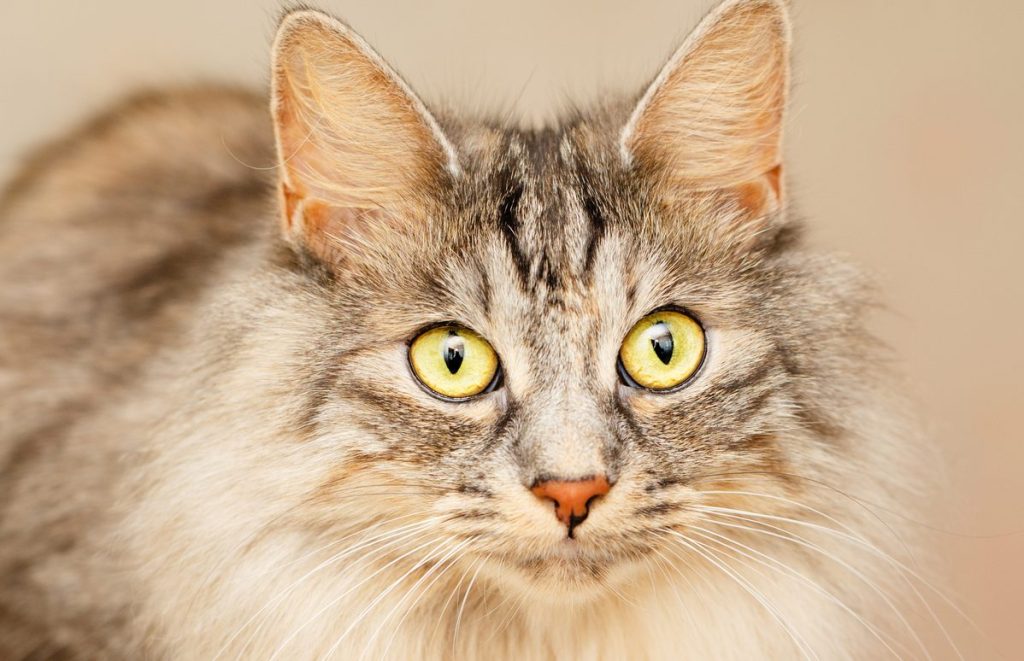The Karelian Bobtail cat, a unique and rare breed, has a unique appearance and charming personality. Originating from the Karelian region in Russia, this feline companion boasts a striking bobbed tail. With a robust and well-proportioned body, adorned by a luxurious coat of varying patterns and colors, the Karelian Bobtail exudes a sense of elegance and individuality.
Known for…




